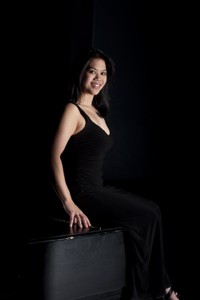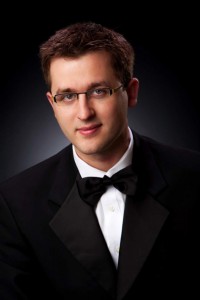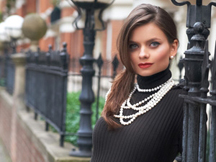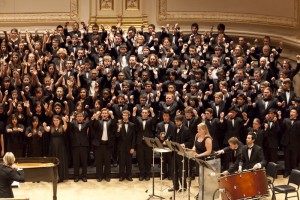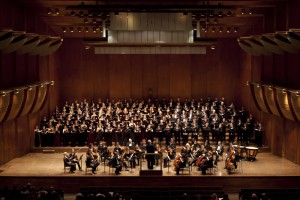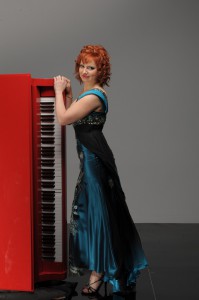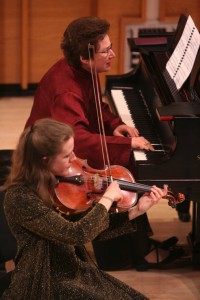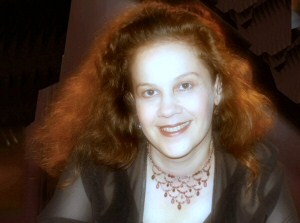The poems of Emily Dickinson have proven to be fertile ground for musical settings by many composers. Vincent Persichetti, George Perle, and Aaron Copland in his brilliant “12 Poems of Emily Dickinson” (which is probably the most well-known), among others, have all composed works using her verses. Gordon Getty (b. 1933) has thrown his hat in the ring with his song cycle “The White Election” (written in 1981), using 32 of Dickinson’s poems in four sections of eight each.
Mr. Getty carefully chose the poems and arranged them in nearly chronological order, taking the listener on a journey through the life of Dickinson. One could make the case that Dickinson’s poems are more autobiographical than those of other noted poets. In his excellent and extensive program notes, Mr. Getty quotes Dickinson: “Mine, by the right of the White Election!…Mine, by the Grave’s Repeal! Title Confirmed! Delirious Charter! Mine, as long as ages steal!”, signifying Dickinson’s renunciation of the world, but also her idea of the perfect marriage at death.
Mr. Getty has stated his composer’s credo as follows: “My style is undoubtedly tonal, though with hints of atonality, such as any composer would likely use to suggest a degree of disorientation. But I’m strictly tonal in my approach. I represent a viewpoint that stands somewhat apart from the 20th century, which was in large measure a repudiation of the 19th, and a sock in the nose to sentimentality. Whatever it was the great Victorian composers and poets were trying to achieve, that’s what I am trying to achieve.” How true to this ideal is Mr. Getty in “The White Election”? For the most part, he is. The work has the flavor of the 19th century salon. The writing is strictly tonal, with the occasional dissonance. Mr. Getty has a definite talent for setting text to music in a fluent, natural way, but his skeletal writing for the piano accompaniment lent a monochromatic element to many of the songs. One might call this an astute choice by the composer, in keeping with the style of Dickinson (which a Dickinson-loving colleague calls “close to the bone”). Also, there was a heavy reliance on recitative, which could give the listener the impression that there is not enough melodic material for the great number of poems chosen. One would have to admit, though, that some of the songs were quite striking and effective and could be done independently of the entire cycle. “I Taste a Liquor Never Brewed” had a saucy, playful quality; “My First Well Day, Since Many Ill” had the soprano and pianist in perfect union; and “I Like to See it Lap the Miles” had delicate beauty in the piano writing (which proves that Mr. Getty has the ability to write effectively for the piano). Finally, “There Came a Wind like a Bugle” can hold its own with Copland’s setting of the same poem. To this listener, it was the highlight of the entire cycle. “The White Election” is at once sublime, primitive, clever, repetitive, innocent, morose, and compelling—just like Emily Dickinson herself.
Soprano Lisa Delan gave a moving performance. It is obvious that she loves these songs and sings them with the conviction of a true believer. Indeed, she has performed “The White Election” extensively and has recorded the cycle on the PentaTone Classics Label (PTC 5186 054). Her diction is superb (for once, I did not have my head buried in the text to understand the words!), and her voice captured the essence of these songs. She was a joy to hear and watch. Pianist Kristin Pankonin was an able accompanist, playing with sensitivity, even though this work leaves little for the pianist to do. To prelude each section, stage and screen actress Cynthia Nixon lent her talents to the evening with engaging readings of Emily Dickinson’s letters (passages were selected and arranged by Judith Farr, Professor Emerita of English and American Literature at Georgetown University). At the conclusion, Mr. Getty joined the performers on stage for bows in front of an appreciative audience.

